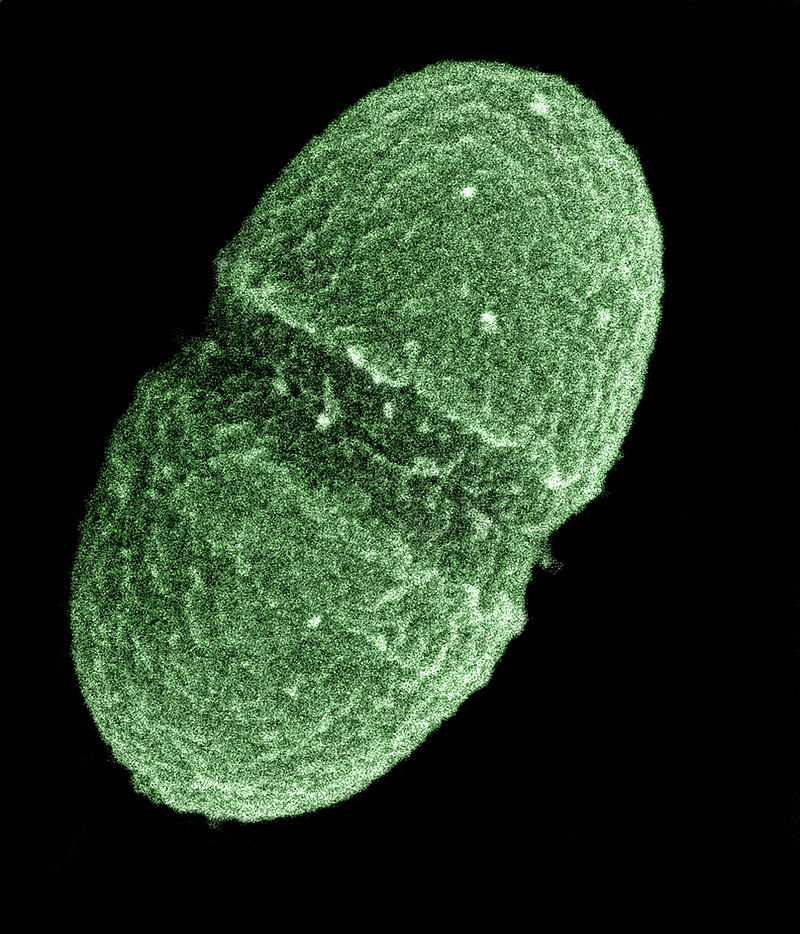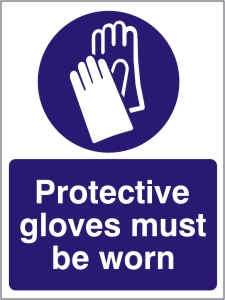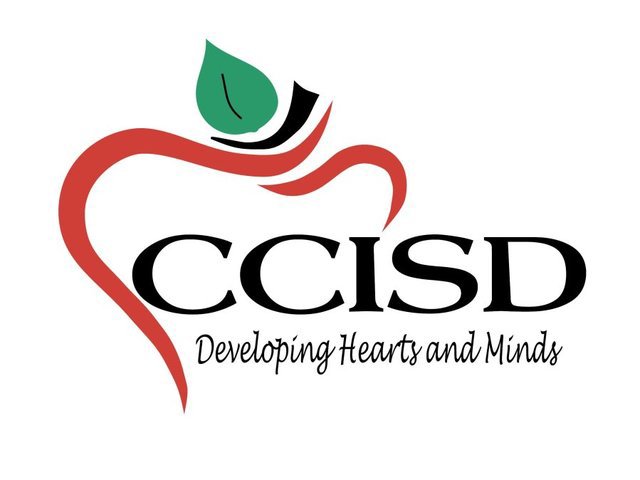Enterococcus faecalis
Author(s)
Introduction
It was an awesome opportunity to spend some time with real Scientists who are doing “real” experiments, it was just a fascinating experience.
I started out the study at TAMUCC by working under Dr. Jeffrey Turner who is an Assistant Professor of Marine Biology. The purpose of his research on this project is to isolate bacteria (enterococcus faecalis) from the ocean and count how much of that bacteria is in the water. If you visit his website (turnerlab.tamucc.edu) you will find this research listed as “microbial indicators of anthropogenic pollution” (Escherichia coli and Enterococcus faecalis). Isn’t that a mouth full?
The data extracted from this research is an important contribution to the field of science because it lets us know about the specific bacteria found in our local waters. That has a major impact in our community. Research like this will help find medicine to combat the illnesses associated with enterococcus faecalis which are currently antibiotic resistant. That is just one benefit from this data.
Research Questions
¨ Is the bacteria enterococcus faecalis a form of E coli.?
¨ How long will this research take place?
As a teacher, I find that this research experience will help me connect my students with the importance of science research and how it impacts our community as well as the benefits of the data discovered. My hope is that students will be inspired to study the fields of science and math when in college and make their own discoveries.
Methods & Procedures
The green point is Ropes Park and the red point is Cole Park.
To begin the research you first need a sample. Those water samples were taken from Ropes Park and Cole Park here in Corpus Christi. From there the samples were brought back to the lab. The next step was filtration. The membranes used to gather the particles left behind from the filtered water were placed on an MEI (Membrane Entercoccus Indoxyl) agar plate. Those plates were then placed in an incubator overnight.
Keep in mind that at all times careful lab precaution and safety is taking place as to not contaminate the samples. It wasn’t uncommon to repeatedly spray your gloved covered hands and work surfaces with 70% Ethanol. Sterilization is the key!
After 24 hours the agar plates are removed to count for bacteria growth This measurement is taken in CFU’s which stands for Colony Forming Units. The detailed process continues, next is the isolation of the individual bacteria by process of streaking this time on a BHIB (Brain/Heart Infused Broth) agar plate. Again, these plates are stored in incubation overnight. After 24 hours the captured bacteria will be grown in some TSB (Triptic Soy Broth for another 24 hours and then frozen. This entire process is repeated multiple times per week, if all steps go as planned. It was normal to repeat certain steps multiple times to get the perfect sample. All in the name of science.
Contaminating the samples is detrimental to this study and was avoided with the greatest effort. I witnessed and participated in such safety while in the lab. A major kudos goes to graduate student Adriel Bruce. She was the one that we worked closely with in the lab. It was seeing her habitually exercise lab cleanliness that brought home the concept. I teach it in the classroom, but seeing it in action for a real research project was the 2D to 3D experience.
Results
The results were limited. From my time in the lab I was not fortunate to view bacteria growth from the grow to freeze stage. I did participate in water sampling, water filtration, agar making, streaking, and the careful cleaning of science tools. I was able to see safe science lab practices in action. I really appreciate and understand the importance of such precautions. It would be horrible to get to the sampling of the water during filtration, but you forgot to put a lab coat on or forgot your gloves and now you’ve contaminated the experiment and have to start all over. Want to get away?
This is an ongoing research study that will continue in the Fall with an upcoming PhD student. I was told that the research can continue for up to 4 years. It will be very interesting to see what the final data will reveal.
Making agar plates
Discussion
Clearly this research will not be completed this summer. More data will be gathered in the years to come. That idea opens my mind to the fact that this isn’t your simple 6 week “science fair” project we all might be used to. This is a real ongoing research project that has huge potential to bring data and information to hospitals and medical facilities. That will have a huge impact on the health of our community. Not only will this research help with finding medicines. It will also provide valuable information about the water quality at local parks. Since our community shares easy access to bodies of water. It is imperative that studies like this continue so that the public can stay informed. I will now take a moment to exclaim…SCIENCE is AWESOME!
I learned that enterococcus faecalis is a nonmotile spherical bacterium that is also the most antibiotic resistant. Knowing that it helped me be extra careful in the lab when exposed to such bacteria. If the proper measures are taken it is safe. You have to be focused. Being in the lab I witnessed and practiced that 100%! I also learned that E.F. is a strand of E coli., but not specifically E coli. That was one of my research questions.
Working along these graduate students, like Adriel and Daniel and professors like Dr. Turner. I was able to ask questions and pick their brain so to speak. I will cherish my experience and can’t wait to share it with my 5th graders.
Pictured is Joanna B., Adriel B., Sandra M., Marta B., and Angela P.
Lesson Plan
Lab Safety~Engage
Students will create a “Wanted” poster for a piece of safety equipment in interactive notebook.
Procedure:
- Play science lab video before getting started on activity. https://youtu.be/tsAHt0FiwNM
- Gather safety equipment like: goggles, gloves, lab apron, eye wash station, fire blanket, and any other safety equipment that is suitable for students.
- Allow time for students to investigate the safety equipment. Create stations as necessary for students to circulate all items.
- Have students create poster in first page, left side of interactive notes.
Teacher may show the sample on the screen in the Demonstration Presentation. Have students create their wanted poster, and encourage creative wording to integrate safety equipment details but keep the ‘feel’ of an old style wanted poster.
- Place students in partners to summarize and discuss with the questions in the Think-Pair-Share Activity.
- Continue with the Reflection questions in interactive notebook.
Explore
Students will explain how safety is important to conduct Scientific Investigations by acting out a safety scenario.
Procedure:
- Ask the students, “What do you already know about science lab safety?” Tell them to brainstorm what they know about science safety equipment, rules, guidelines, and practices with their group. Tell them to use the mind map to organize their thinking.
- Give each group a safety scenario card. Tell them to find a way to “act out” the scenario to the class in a way that will allow the rest of the class to determine the rule they are pretending to break. Give them approximately 5-10 minutes to prepare. Remember, they are just pretending to break the rules!
- Have each group present their scenario. Discuss what rule is being broken. Have the students describe how each situation should have been handled. Have them make notes onto their student journal packet.
- Conclude the lesson by having the students complete a safety acrostic poem in their Interactive Notebook.
Explain
Students will define science tools in their own words after completing a vocabulary activity.
Picture Vocabulary
Chose one of Marzano’s 6 Step Process Teaching Academic Vocabulary when using the picture vocabulary. The vocabulary terms are: safety, emergency, laboratory apron, goggles, protective gloves, eye wash station, fire blanket, and fire extinguisher.
- Provide a description, explanation, or example of the new term.
- Ask students to restate the description, explanation, or example in their own words .
- Ask students to construct a picture, symbol, or graphic representing the word.
- Engage students periodically in activities that help them add to their knowledge of the terms in their notebooks.
- Periodically ask students to discuss the terms with one another.
- Involve students periodically in games that allow them to play with terms.
Elaborate & Evaluate
Students will respond to Science scenarios while playing a Safety Science Board Game.
Procedure:
- Form a team of four and assign each member a job. Record assignments on the student journal page.
- The leader needs to read aloud the directions. The banker needs to give everyone one token.
- Select a playing piece and place it on the “start” box. Roll the die. Each person will roll one time. The person with the highest number will begin the game. If two people roll the same number, they must re-roll to break the tie.
- Once the game begins, move your game piece the number of spaces indicated on the die.
- Read aloud what is on the space you land on. Follow the directions or identify the lab tool. If you identify the lab tool correctly, the banker will need to give you one token. You will collect and lose tokens as you move around the game board.
- The game ends when someone gets to the end of the board. Count your tokens. The winner is the person who has the most tokens, not necessarily the player to complete the game first. Record the winner on your student journal page. Play again if there is time.
Students will answer open ended and multiple choice questions over Science Safety by taking a safety assessment.
STEMscopes Assessment– Have students take the assessment. Discuss with students.
TEKS
5.1 Scientific investigation and reasoning. The student conducts classroom and outdoor investigations following home and school safety procedures and environmentally appropriate and ethical practices. The student is expected to:
(A) demonstrate safe practices and the use of safety equipment as described in the Texas Safety Standards during classroom and outdoor investigations. (P)
5.4 Scientific investigation and reasoning. The student knows how to use a variety of tools and methods to conduct science inquiry. The student is expected to:
(B) use safety equipment, including safety goggles and gloves (P)
The student should be able to:
5.1(A)
- Not taste anything unless instructed to do so
- Waft for safe smelling
- Eye and skin protection, as needed
- Wait for teacher directions
- Wash hands after science investigations
- Directly pointing out / planning for safety risks
- Proper use of all applicable safety equipment
- Encourage students to identify safety precautions on their own throughout the year











